When it comes to identifying what makes these natural fibres different from each other, we need to look at their properties – their look, feel, durability, and additional benefits.
WHAT’S THE DIFFERENCE BETWEEN JUTE AND SISAL?
Although both jute and sisal are materials woven from plants, they have some significant differences. Jute is grown in extremely humid environments, and as it’s a very porous material it can stain easily. In this way, it’s similar to sisal, which is also prone to staining. Both can be protected with a stain-prevention sealant, however, a job that’s best done by a professional.
The biggest difference between jute and sisal is its durability. The fibres of the sisal plant are extremely strong and are excellent for busy areas of the home like your hallway or kitchen. Tapi sells three different collections made from 100% sisal. In particular, the Havana carpets have been created in herringbone patterns in a variety of colours, which look smart and create movement as well as adding texture in any room.
Jute has a lot of versatility and can come in many design styles, so are great for less busy areas like your bedroom or living room. Jute is also softer, which makes it a great pick for areas where you want a soft sensation under your bare feet.
WHAT’S THE DIFFERENCE BETWEEN SISAL AND SEAGRASS?
The biggest advantage that seagrass has over sisal is its resistance to staining. This is because it has natural stain-resistant properties, thanks to its saltwater habitat. Sisal, as we’ve mentioned, is prone to staining. Both materials are hardwearing and are great for busy areas, and a seagrass carpet or rug is great if you want a natural-coloured flooring that can also stand up to the tests of daily life.
Sisal is much easier to stain than seagrass, so it can also be dyed in many different shades and colours, so this is a great choice if you want something more colourful, but just as tough.
WHAT’S THE DIFFERENCE BETWEEN JUTE AND SEAGRASS?
Seagrass is much more durable and tough than jute, because while jute is made from the stalk or stems of the jute plant, seagrass fibres are made from the leaves themselves. Seagrass can also handle moisture well, making it a good choice for areas like kitchens and bathrooms where humidity can be higher.
Jute is much softer in comparison to both seagrass and sisal rugs, which makes it perfect for areas where you want to add a little more warmth and comfort. The best thing about all of these types of rugs is that they are eco-friendly, easy to produce and look naturally beautiful in your home, whatever your style may be.
If you would like to pick a natural fibre flooring for your home such as sisal carpet, why not speak to one of our flooring experts about your options, either by booking a free store appointment or getting in touch with our team? Did you know you can also make your own rugs from different carpets in our range with our carpet whipping service? Give it a try today.












































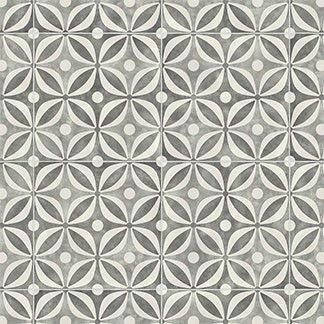
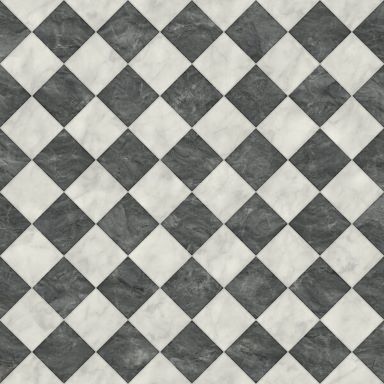

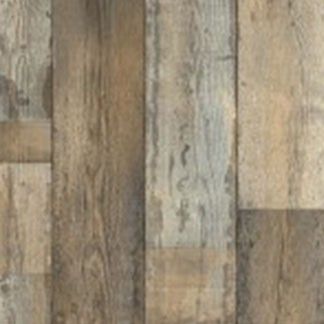











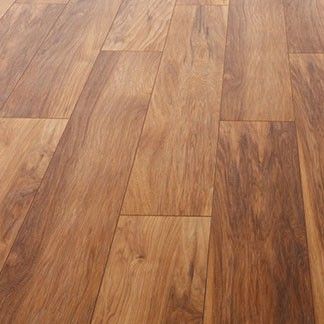
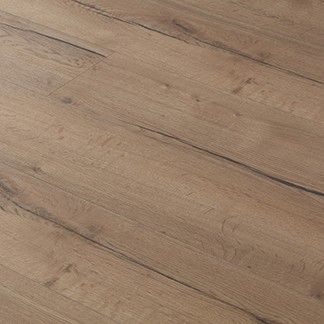












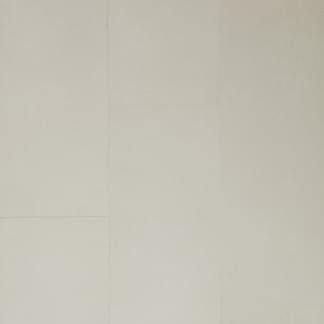


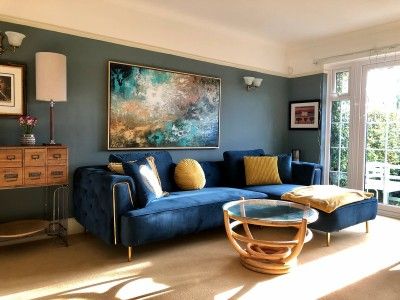

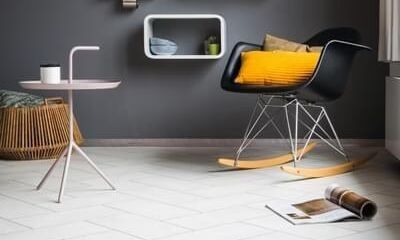
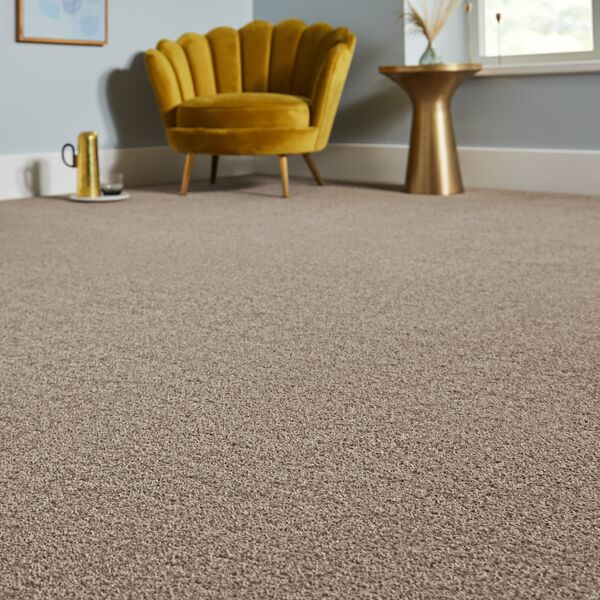
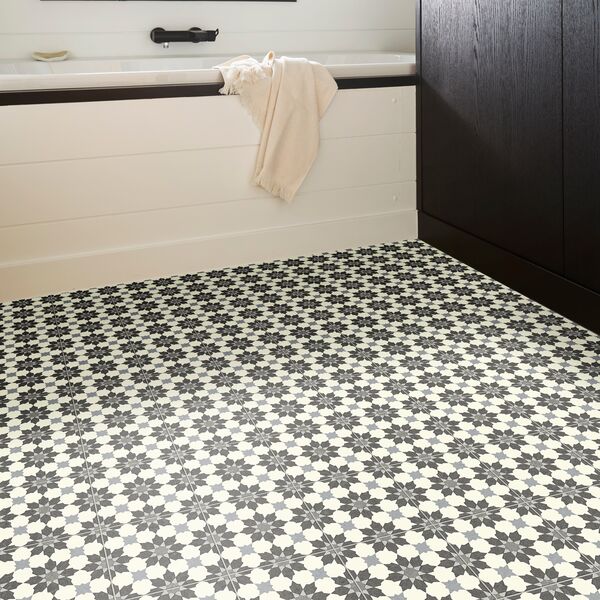
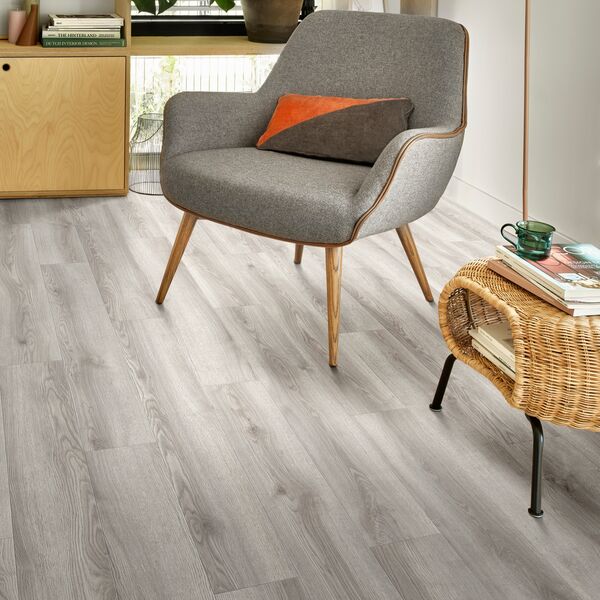

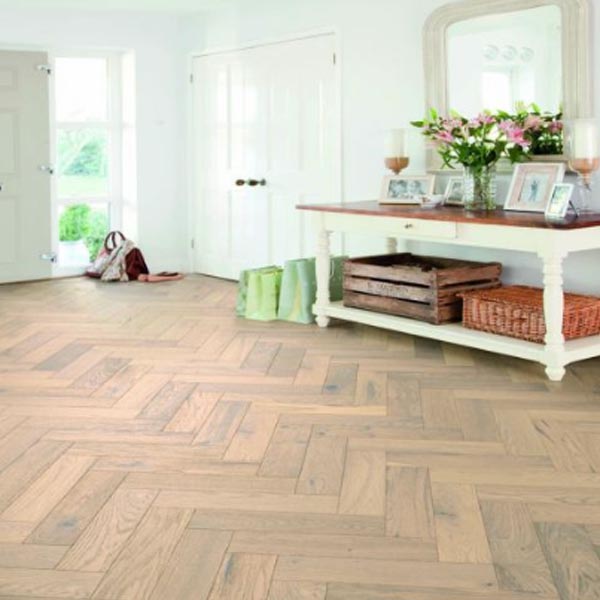

.jpg)


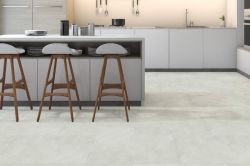

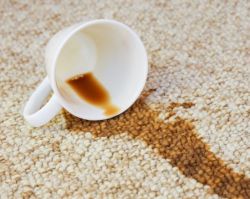
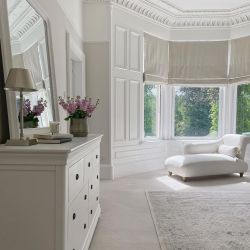





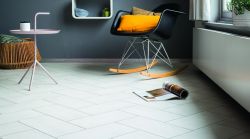



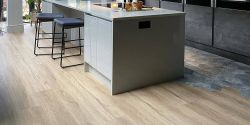
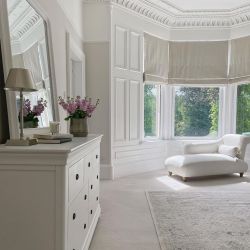
-250.jpg)
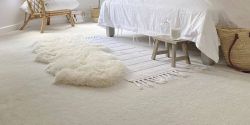

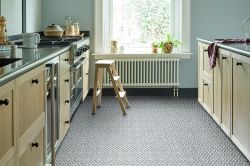

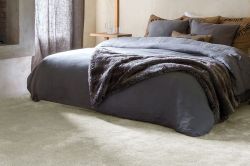

-250.jpg)
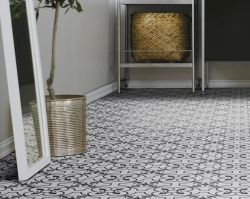

-250.jpg)
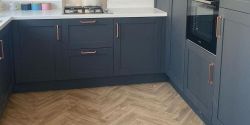
 copy-250.jpg)

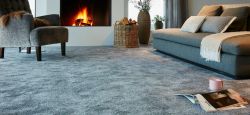






-250.jpg)
 - Article Image (not header)-250.jpg)
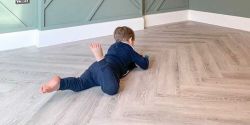
-250.jpg)

-250.jpg)







